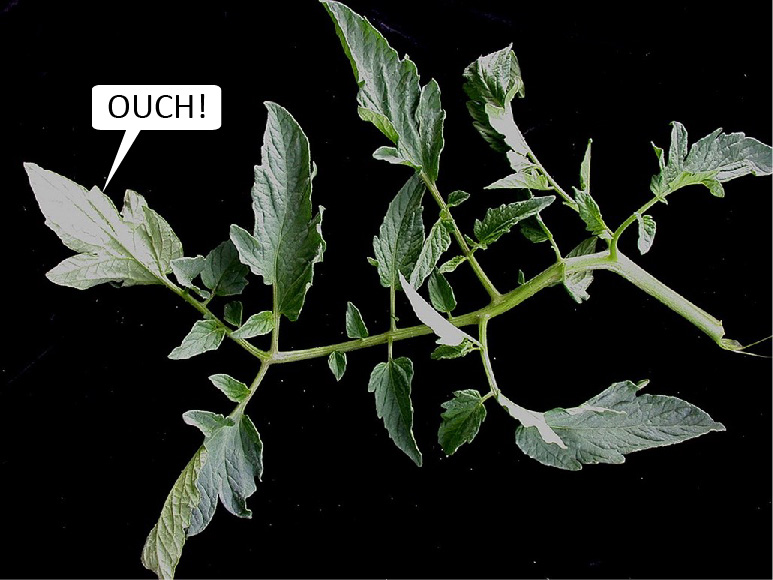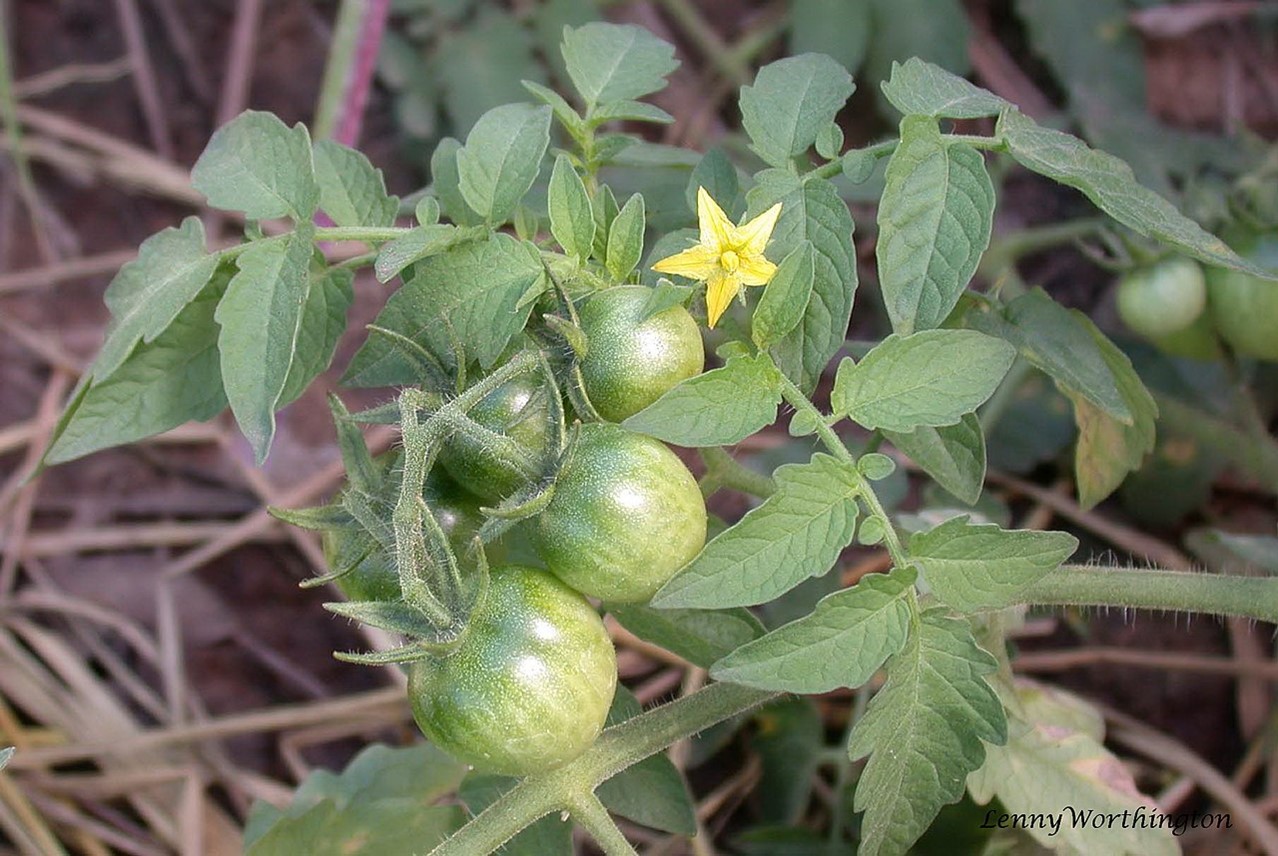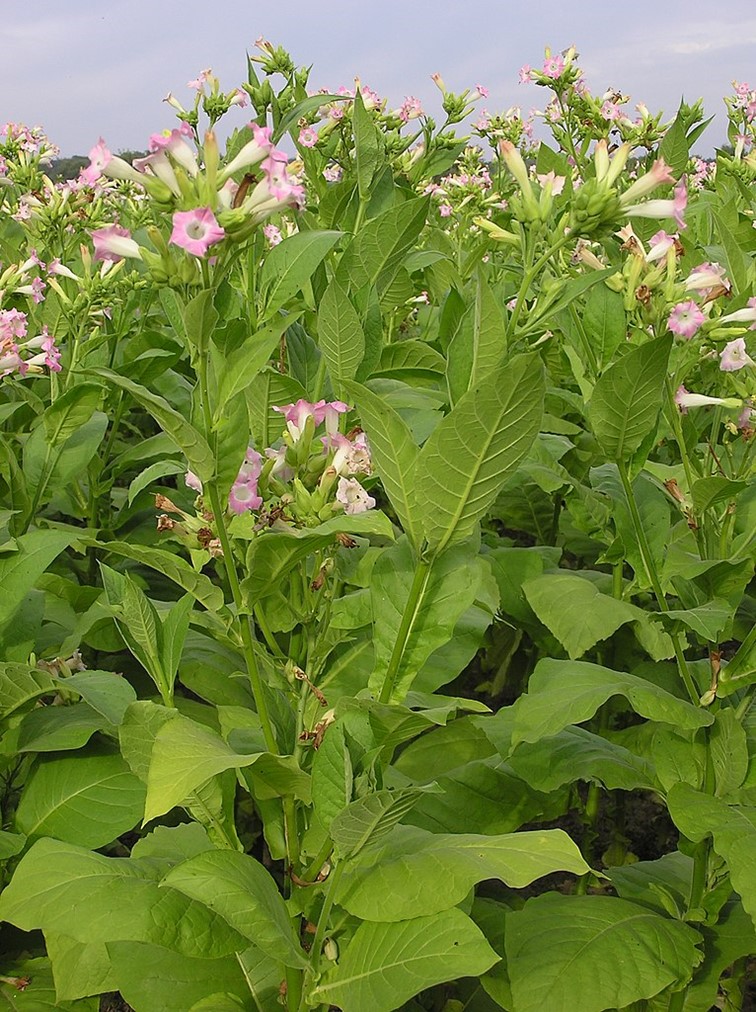
Credit: Laval University, CC BY-SA 4.0, via Wikimedia Commons
It might surprise you to know that plants can hear, and even speak, in their own unique ways.
Scientists have discovered that some plants respond to the sound of water.
They found that the roots of common garden peas will actively grow toward vibrations made by running water—even if it’s within a pipe and unreachable by them.
In related tests, they played recordings of the wingbeats of bees and moths to several species of flowers. The flowers responded within three minutes by producing more nectar to draw in the pollinating insects.
Conversely, new studies have shown that plants emit sounds when they’re under stress and/or damaged: sort of like the plants are crying.
When stressed by drought, or cut by researchers, several unrelated species of food crops emitted chirps, up to 35 times per hour. These noises were ultrasonic, much too high for human ears, but picked up by scientific microphones.
When brought down in pitch to be intelligible by us, they sound like bubble wrap popping. The scientists surmised it comes from air bubbles expanding and bursting in the plant’s vascular system.
The researchers then used this data to create a machine learning algorithm and were able to listen to other plants and successfully determine what stresses they were under.
In the future, this could lead to acoustic crop monitoring—which could give plants the water they’re crying out for.
Background
Synopsis: Plants are adaptable, responding to a variety of stimuli, including sound vibrations. But now we know that they can also produce sounds. Recently, researchers discovered that distressed plants make ultrasonic noises that may be audible to other plants or insects.
- Like all living things, plants adapt to survive, responding to external stimuli like light and moisture. A less known fact is that they also respond to sound vibrations.
- Root tips of the common garden pea plant (Pisum sativum) have been shown to grow away from certain noises, while they grow toward the sound of moving water. They use moisture gradients as a local guide but rely on sound vibrations to move in the general direction of moving water, even if it is inaccessible to them within pipes.

The roots of this seedling of the common pea (Pisum sativum) use acoustic gradients to move toward water while using moisture gradients locally.
Credit: Salicyna, CC BY-SA 4.0, via Wikimedia Commons - When exposed to recordings of the wingbeats of bees and hawkmoths, flowers of the beach evening primrose (Oenothera drummondii) begin to vibrate and produce sweeter nectar within three minutes as a reward for the pollinators.

Beach evening primrose (O. drummondii) increases the sugar content of its nectar when it perceives the sound vibrations of pollinator wingbeats.
Credit: Kevin Thiele from Perth, Australia, via Wikimedia Commons
- Root tips of the common garden pea plant (Pisum sativum) have been shown to grow away from certain noises, while they grow toward the sound of moving water. They use moisture gradients as a local guide but rely on sound vibrations to move in the general direction of moving water, even if it is inaccessible to them within pipes.
- On top of reacting to sound vibrations, researchers have recently found that plants also create airborne chirps in the ultrasonic range when they are distressed.
- Distressed plants may change their color, smell, or appearance, but they may also make distinctive sounds that are beyond the range of human hearing.
- Humans with perfect hearing can hear within the “acoustic” range of 20 Hz to 20,000 Hz, but as people age, they lose their ability to hear higher frequencies.
- Sounds at higher frequencies than humans can hear are called ultrasound, sounds that are lower than people can hear are called infrasound.

The sound frequency scale. Humans can hear in the acoustic range, from 20 Hz to 20 kHz, dogs can hear up to 45 kHz, mice can hear up to 91 kHz, bats can hear up to 110 kHz and greater wax moths can hear up to 300 kHz. Nondestructive medical evaluations (NDE, including ultrasound diagnostic imaging) range from 2 MHz to about 15 MHz.
Credit: Coolth, via Wikimedia Commons
- Researchers at Tel Aviv University placed tomato and tobacco plants, both from the nightshade family, into a greenhouse sound booth where they could monitor the plants’ physiology while they recorded acoustic vibrations.
- Before the experiments began, each healthy plant with moist soil was recorded for 1 hour using microphones placed about 4 inches (10 cm) from the plants.

Tomato plant (Solanum lycopersicum) with flower and fruit.
Credit: Len Worthington, via Wikimedia Commons - For the drought experiment, researchers watered a control group regularly while letting the test group of plants go without water for 4 to 6 days, until their soil moisture was below 5%. Then they made a second set of 1-hour recordings again. They did this for both tomato and tobacco plants.
- For the injury experiment, they kept the pot soil moist for all the plants, and the treatment group plants were cut near the ground right before the experiment. Then the severed part of the plant was recorded for both tomato and tobacco plants.
- Scientists also experimented with wheat (Triticum aestivum), maize (corn; Zea mays) and wine grapes (Vitis vinifera) with similar results.
- Before the experiments began, each healthy plant with moist soil was recorded for 1 hour using microphones placed about 4 inches (10 cm) from the plants.
- Stressed plants make a lot more noise than their unstressed neighbors, who make one sound per hour.
- Dehydrated tomatoes emitted sounds an average of about 35 times per hour, while dehydrated tobacco made 11 sounds per hour. Both made noise before visible appearance of dehydration. Sound emission sped up at the peak of stress then receded as the plants died.
- Cut tomato plants made 25 chirps per hour, while cut tobacco plants sounded off about 15 times per hour.

Tobacco Plant (Nicotiana tabacum) with flowers.
Credit: Jom / Joachim Müllerchen, via Wikimedia Commons - The emitted sounds were in the ultrasonic range, from 40 kHz to 80 kHz, so your dog might be able to hear them with its hearing range of 67 to 45,000 Hz.
- Researchers were able to remove the silent gaps and lower the frequency of the sounds to make them audible for humans, resulting in a clicking, popping sound, similar to the sound of bubble wrap blisters being burst. Audio: Plant sounds adjusted into human hearing range (MP3)
Credit: Khait, I., et al., 2023 - Scientists believe the sounds are caused by a process known as cavitation. This occurs as air bubbles expand and burst within the xylem of the plant. Xylem is the part of the plant’s vascular system that carries water from roots to the leaves.
- Using the acoustic and physiological data from the plants, the researchers trained machine learning algorithms that were 70% successful in distinguishing both the type of stress (dehydration versus injury) and the type of plant (tomato versus tobacco).
- Scientists determined that other organisms (your dog, mice, bats and moths) might be able to detect the sounds from as much as 10 to 15 ft (3–5 m) away.
- While it is not clear whether the plants make these sounds to communicate, the sounds may be factors in the evolution of other organisms and in ecosystems. For instance, insects may choose to avoid a plant in distress as an egg-laying destination.
- Acoustic monitoring of crops could be used to optimize crop hydration, tailoring the information down to the level of an individual plant.
- Plants are deaf and they don’t have a brain, so how can they use acoustic vibrations to communicate?
- Plants can’t move away from danger, so they evolved biochemical tools that enable them to alter their growth and prepare for stress in response to changes in light, temperature, touch, gravity, and volatile chemicals in the environment.
- Sound vibrations are another source of data they have exploited to survive.

